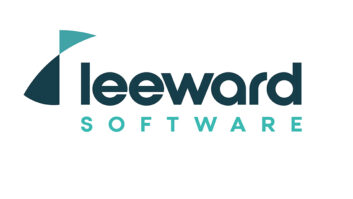Regarding the article “Surround: One Small Step for a Radio” by Skip Pizzi that appeared on RW Online (and in Radio World, March 2), I would like to clarify a few points.
To begin, it seems that in every surround sound discussion for HD Radio, the word “discrete” is associated with parametric or watermark surround systems. I am not sure how this got started, but these systems are decidedly not discrete. There is no “near-discrete,” “discrete like” or “almost discrete.”
These audio systems still require a mixdown to two channels and then using steering data, transmitted either in a digital side chain or contained in a watermark, they reconstruct the surround field at the receiving end. In theory, this is the same principal as a matrix system with the exception that the steering data is transmitted explicitly, rather than implicitly through amplitude and phase information contained in the audio signal.
Further, as Mr. Pizzi correctly points out, the parametric two-channel mixdown can compromise stereo and mono compatibility compared to a matrix mixdown. In addition, digital parametric systems are not compatible with current broadcast production infrastructures and practices, they require additional capital and integration expense, use valuable bandwidth that could be used to improve audio quality or for other commercial applications, and they cannot survive analog transmission paths.
Matrix systems stabilizes sound field
Matrix systems, on the other hand, suffer from none of the issues mentioned above when applied to radio broadcasting. Advanced matrix systems like SRS Labs’ Circle Surround significantly improve decode performance over older systems by using multi-band and variable time-constant steering to stabilize the sound field.
With systems of this type, full 5.1 or even 6.1 encode/decode capability is supported, while stereo and mono compatibility as well as functional cross capability between matrix encode/decode systems is retained. Additionally, having worked with major recording artists such as Matchbox 20, Godsmack, Boz Scaggs, Uncle Kracker and Duran Duran, we know that the matrix holds true to their creative intent.
Last and equally important, simple integration into the broadcast infrastructure, both radio and television, is ensured and has been proven for many years. The same cannot be said for new parametric or watermark surround systems.
Since advanced matrix decoders present a high-value proposition to consumer electronics manufacturers, integration of Circle Surround into automotive and home receivers is preceding rapidly with major manufacturers of both conventional and HD Radio-enabled devices such as Kenwood, Panasonic, Eclipse and Fujistu Ten.
This is creating a substantial installed base of listeners who are capable of actually experiencing a surround broadcast, which is what we are all after. The consumer experience seems to be an afterthought when some of these other systems are used.
Over the past year, Circle Surround has been tested and certified for IBOC broadcasting by Ibiquity Digital, and is in regular use by some of the highest-profile terrestrial and digital radio, as well as cable and broadcast television networks in the United States, Japan, China and Europe.
In Japan, terrestrial radio broadcasters such as Tokyo FM, FM Yokohama and J-Wave have all standardized on Circle Surround to deliver their 5.1 surround material.
Given all of these points, I believe an advanced matrix surround system, like Circle Surround, should be seriously considered as the optimal approach to surround sound for digital radio.
Radio World welcomes other points of view.












